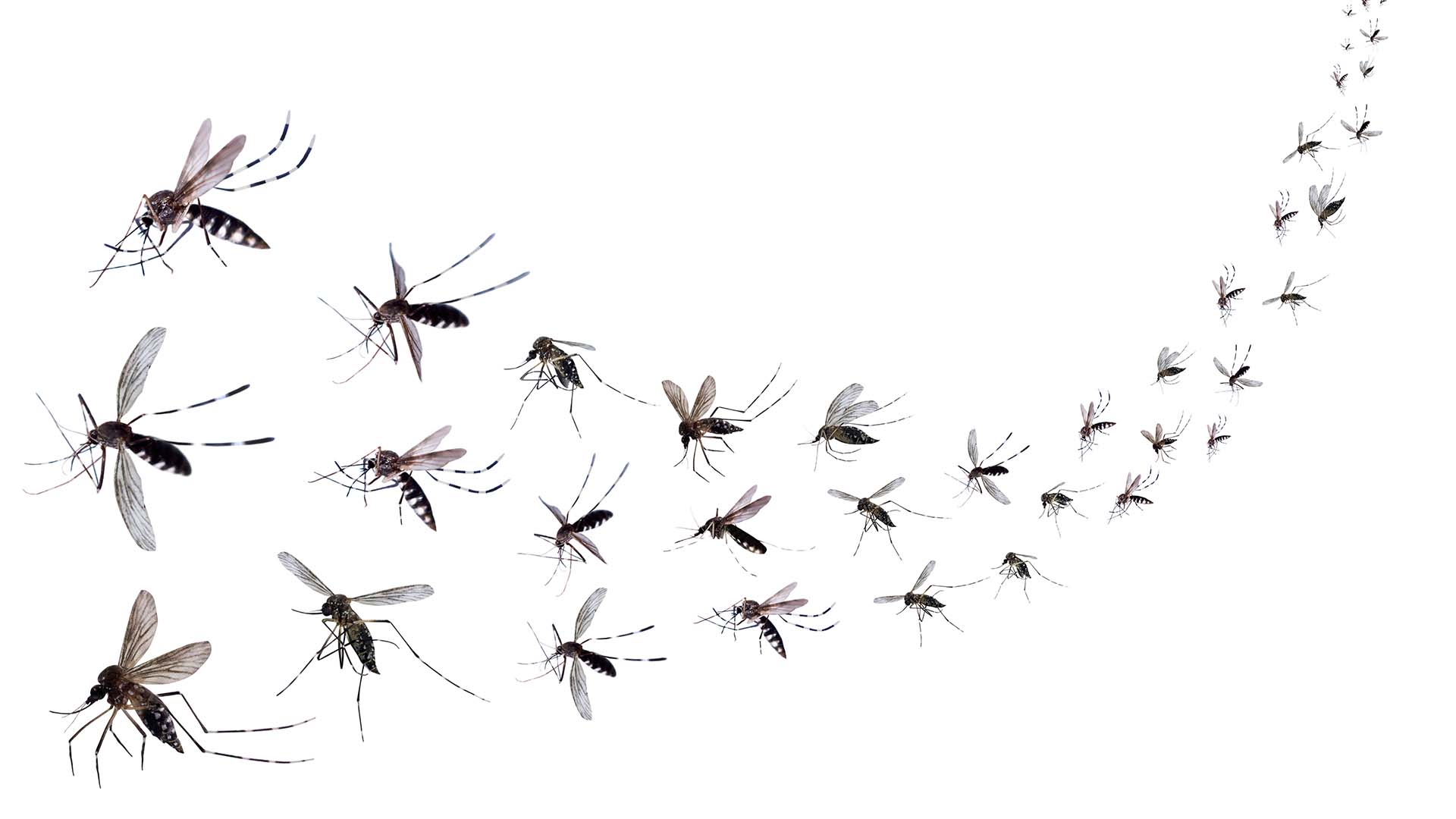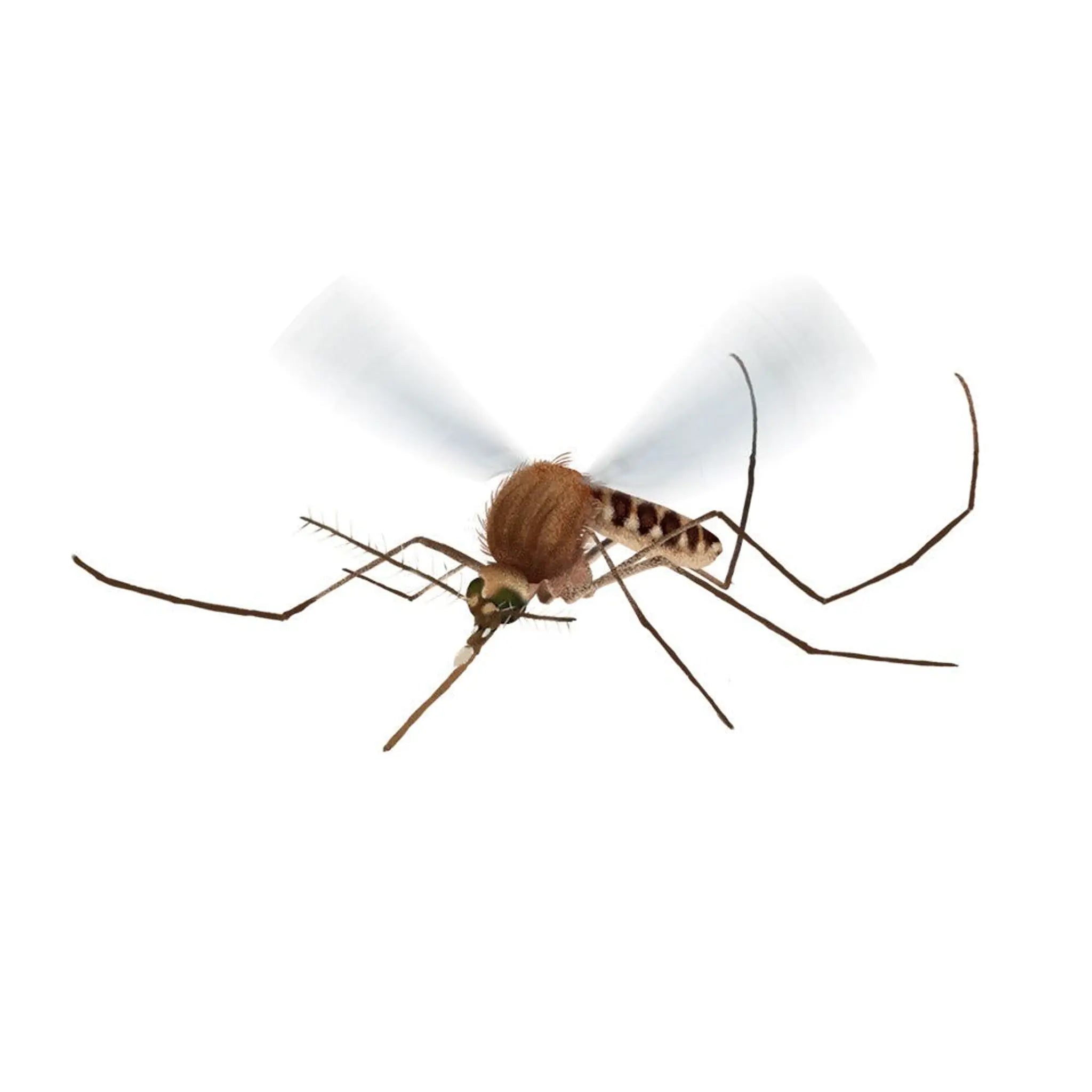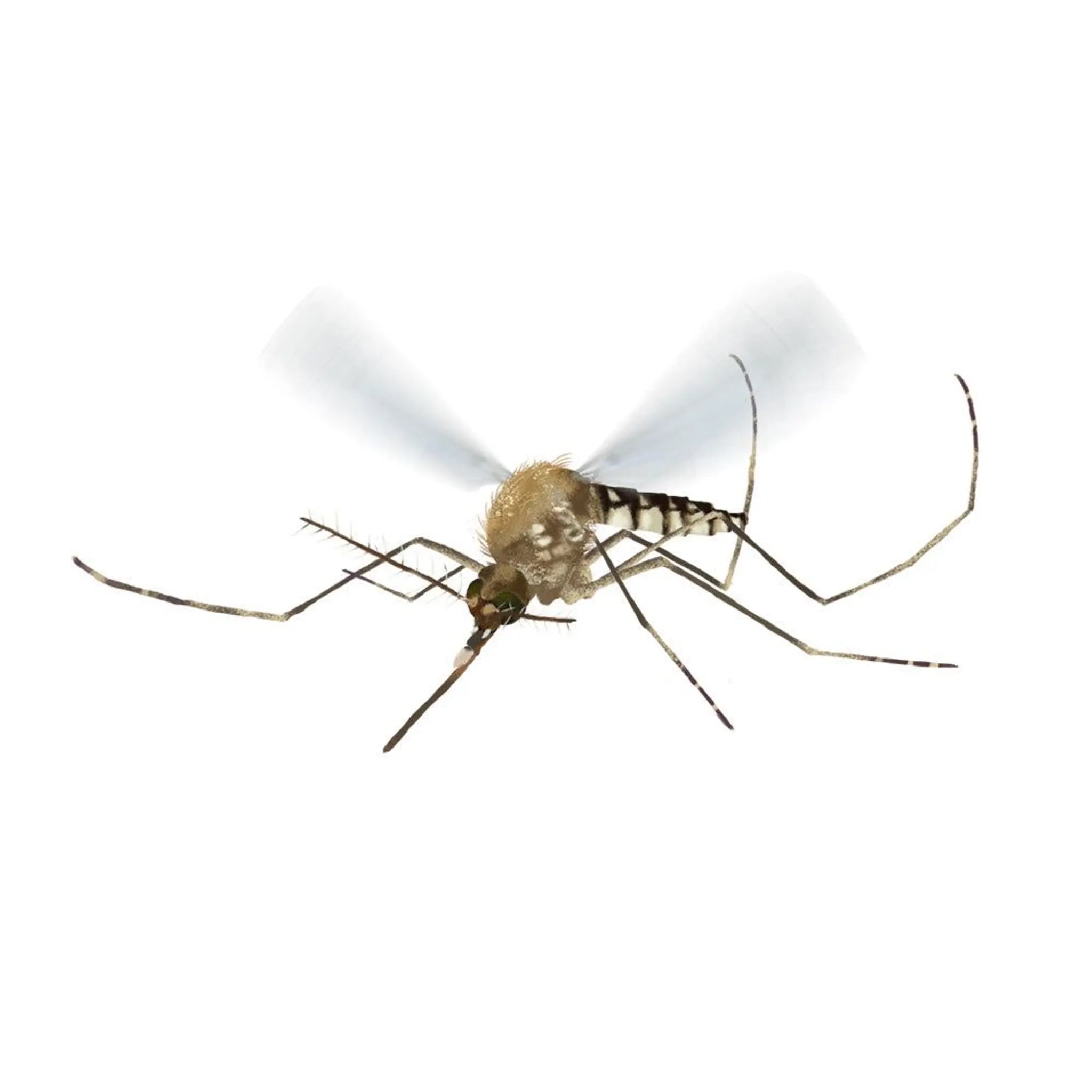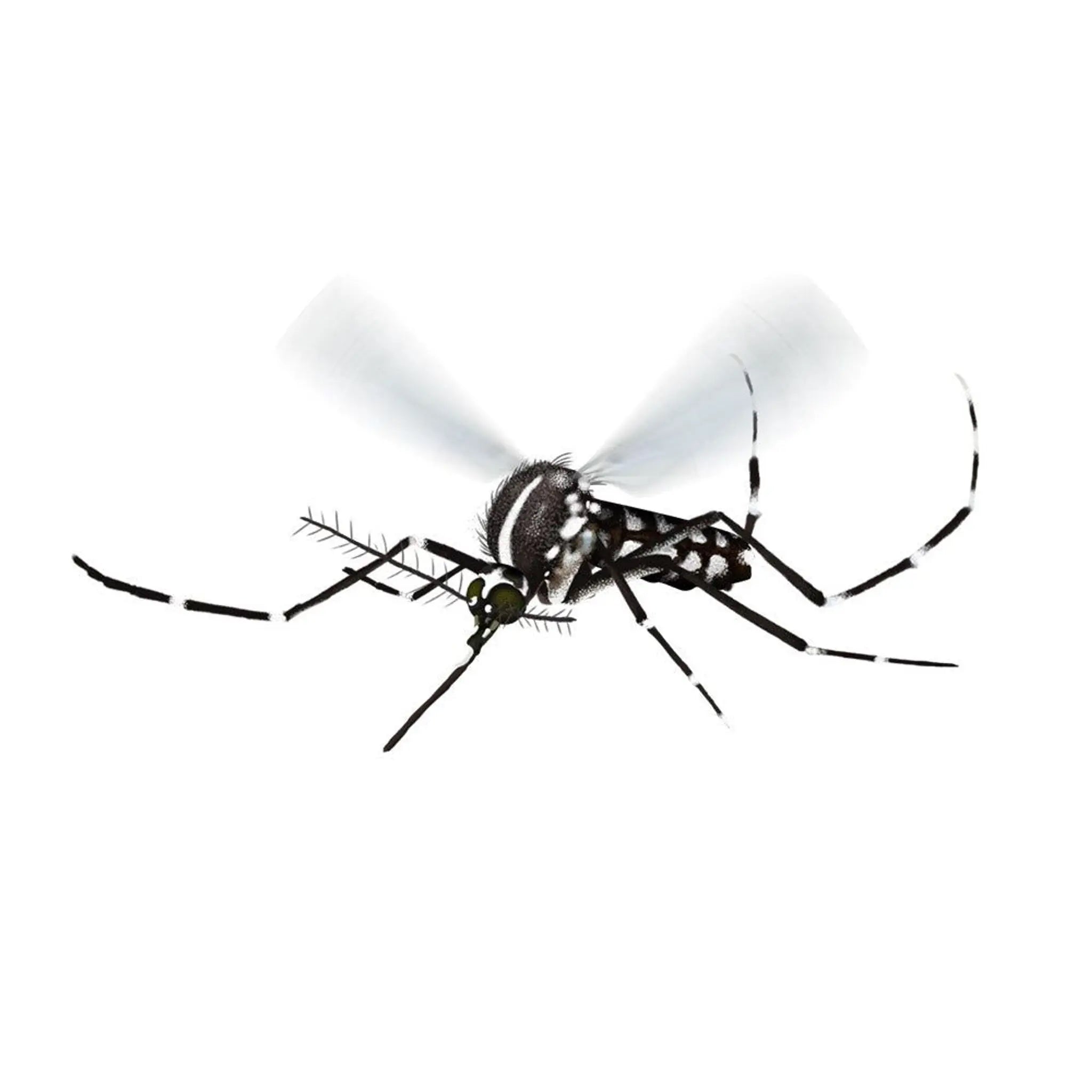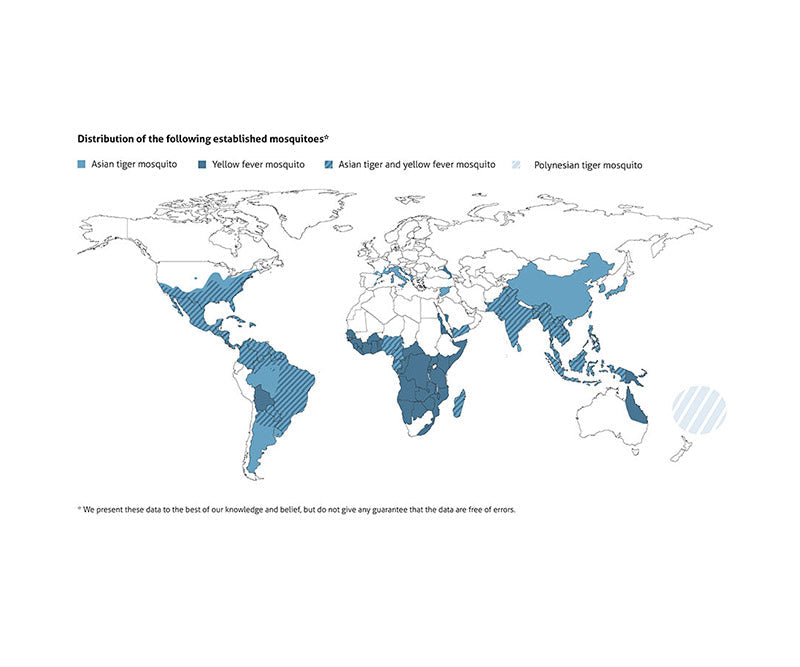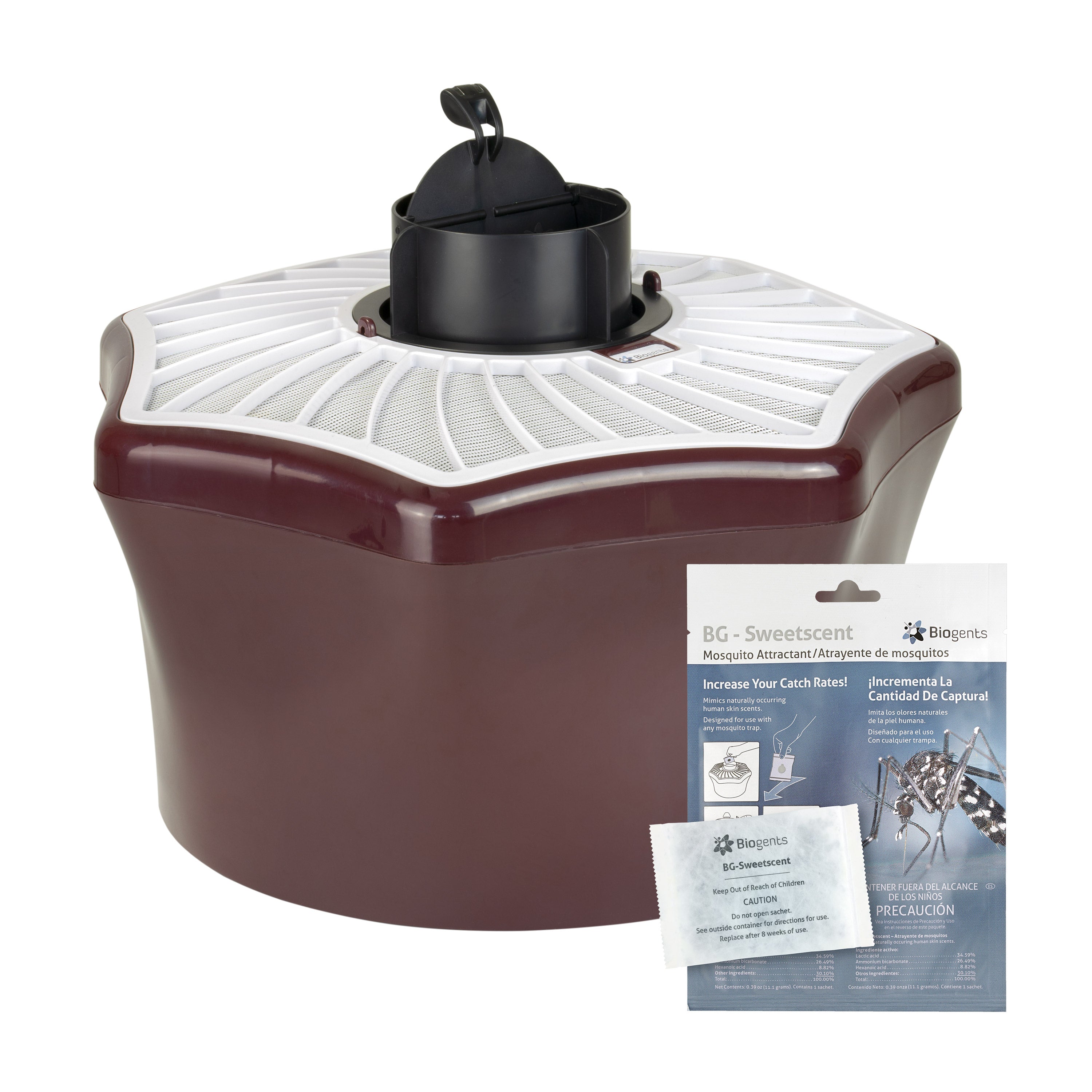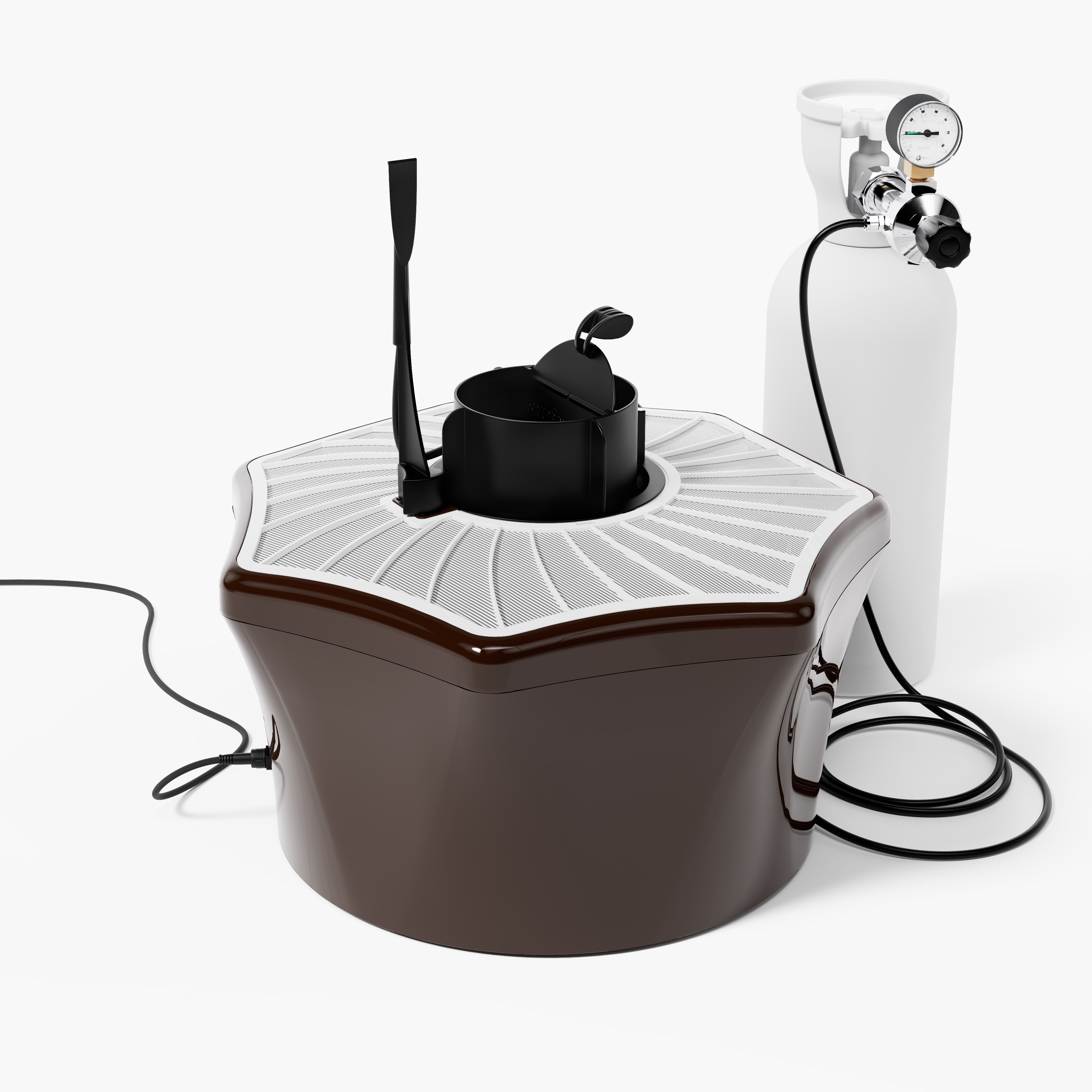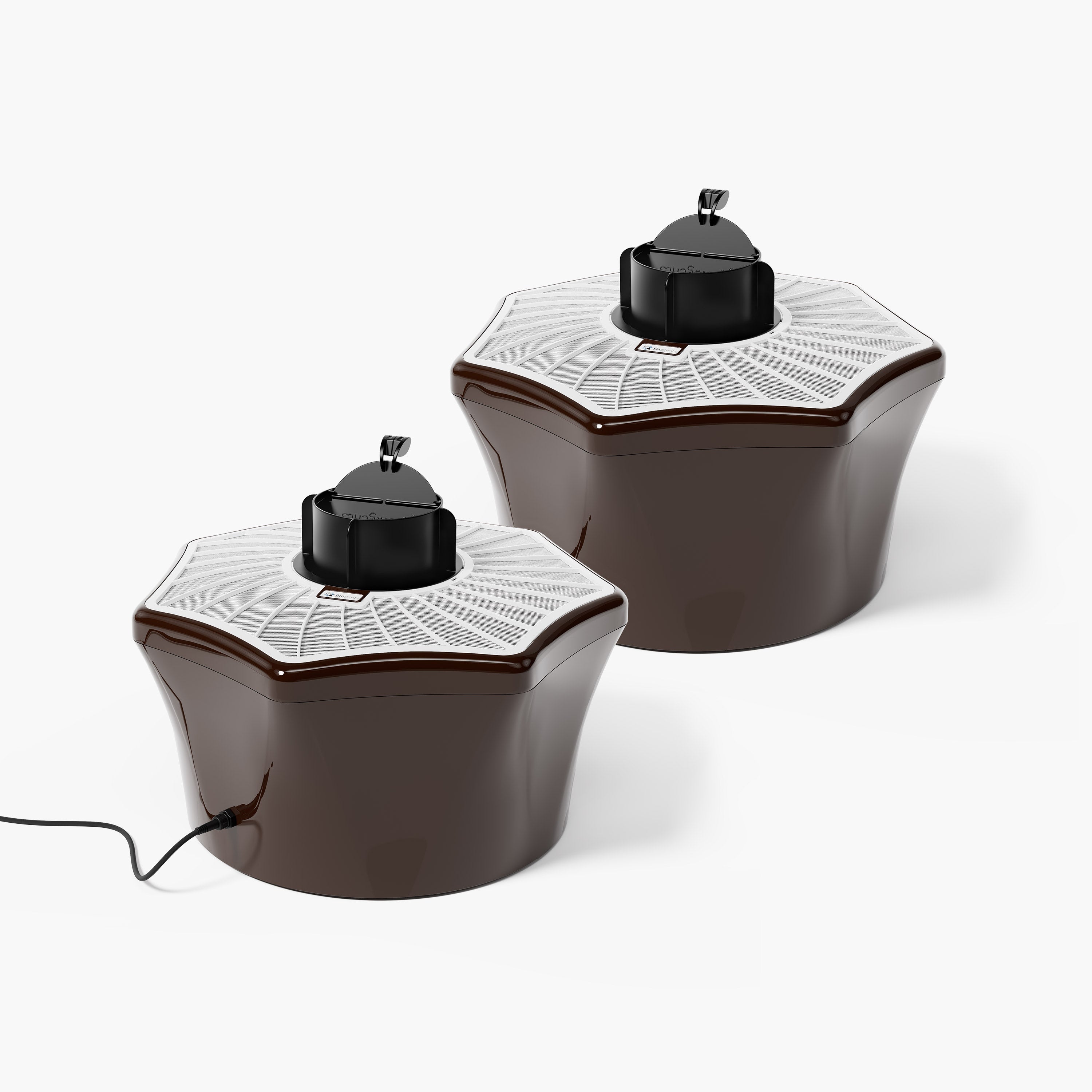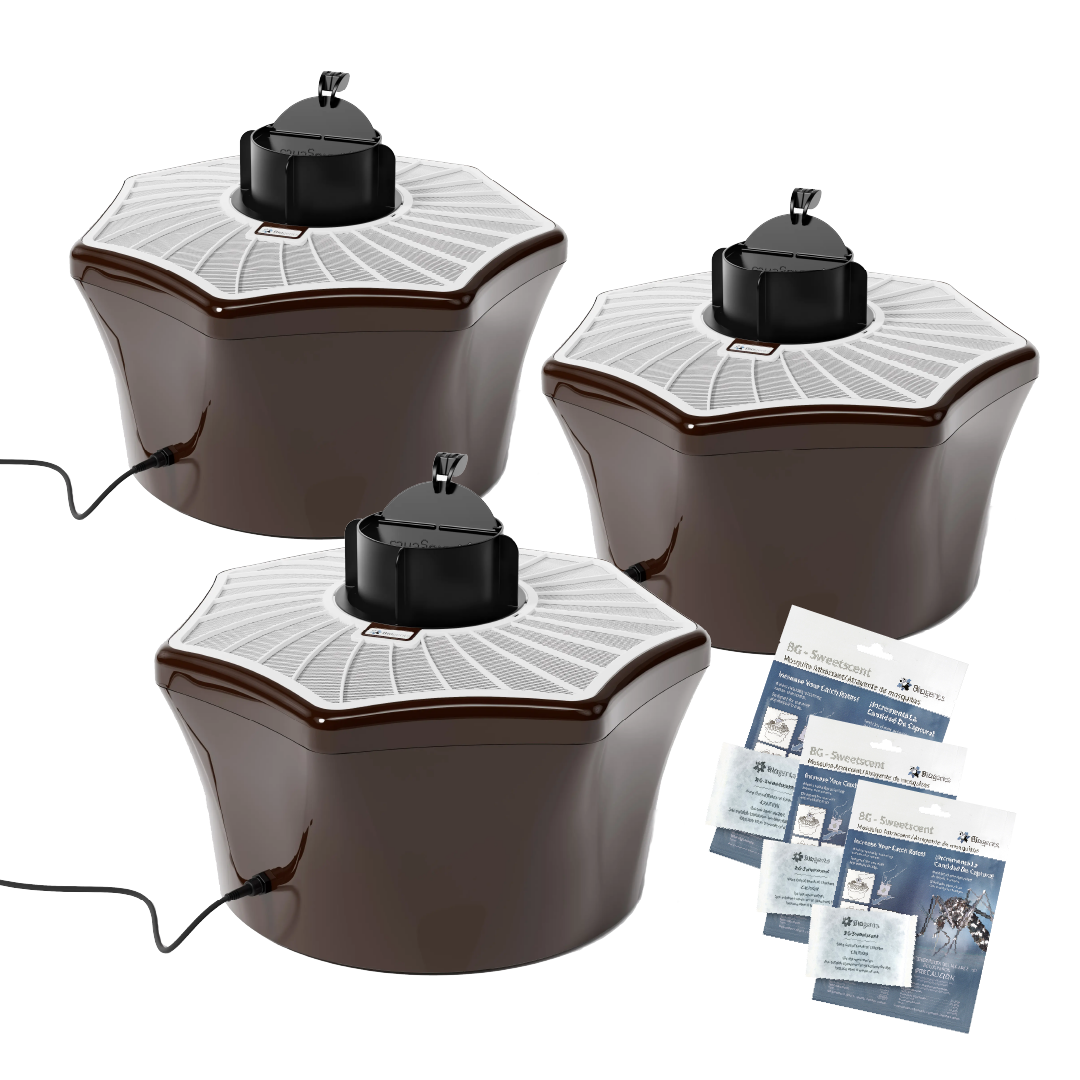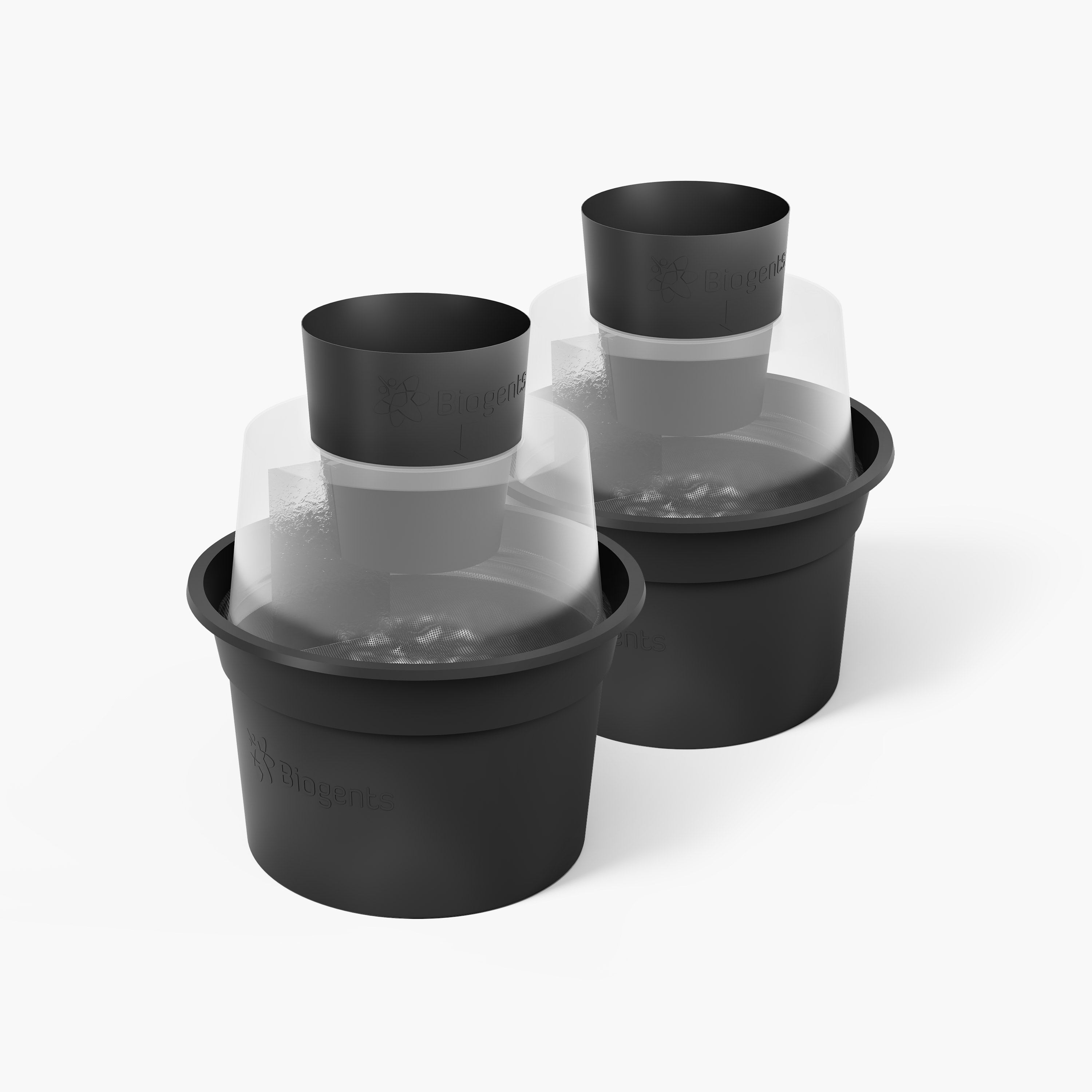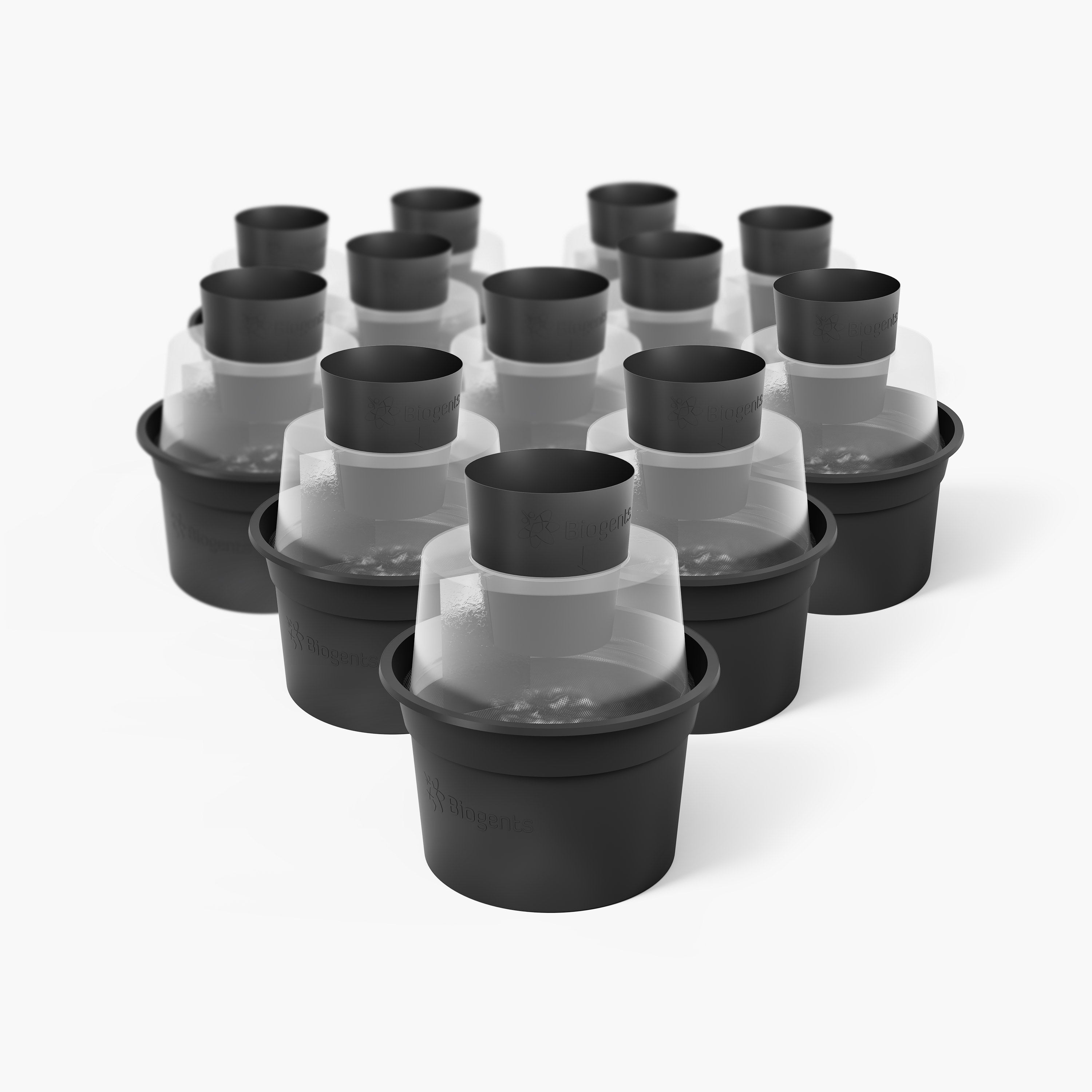Mosquitoes: A Global Threat
Did you know there are over 3000 mosquito species? Some mosquitoes actively bite during the day and others predominantly around dusk.
Common UNPOPULAR Mosquito Types
The Blood Meal
After mating, female mosquitoes need a blood meal before they can lay their eggs. They bite humans, but also birds and deer which can carry deadly vector-borne diseases like Zika, Dengue, West Nile, or Eastern Equine Encephalitis.
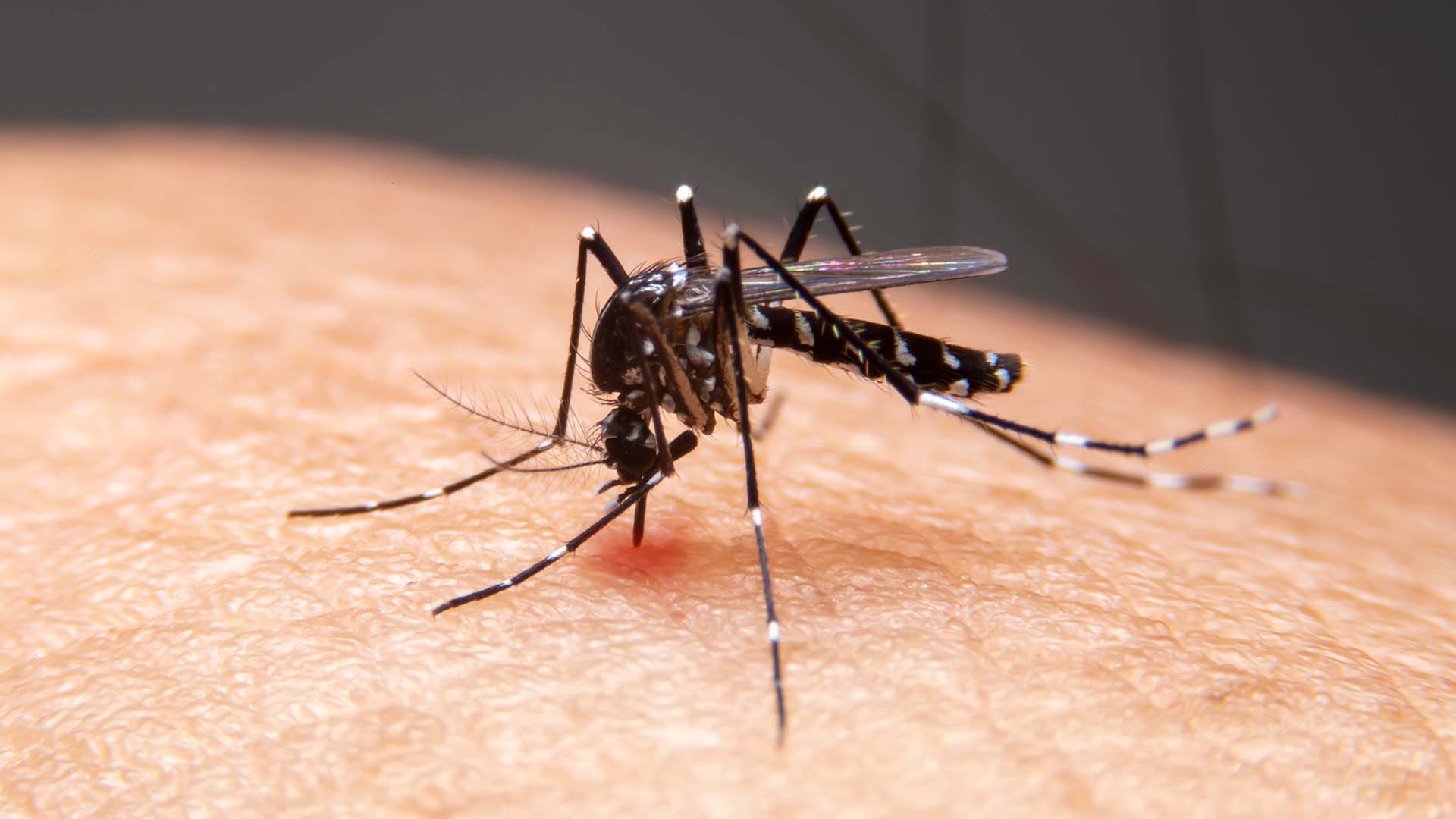
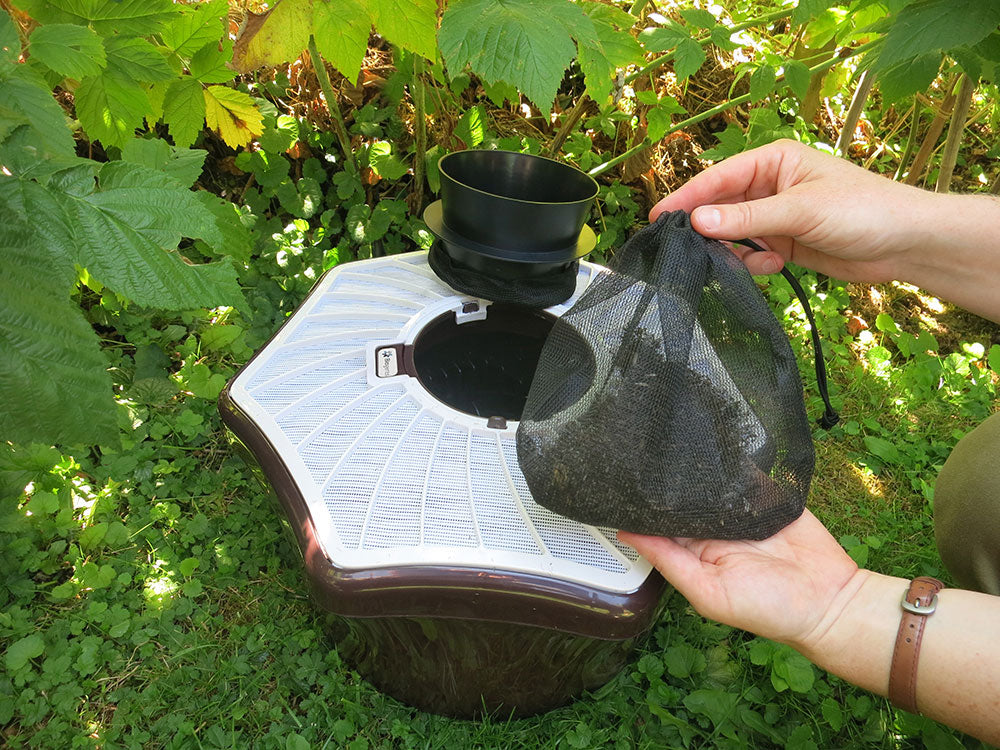
BG-Mosquitaire
The Breeding Site
After a bite and a blood meal, mosquitoes lay their eggs in standing water sources. Natural water sources, rain puddles, and any water-filled items around a home like buckets, plant saucers, plastic tarps, and clogged gutters are ideal locations for each mosquito to lay 50-100 eggs.
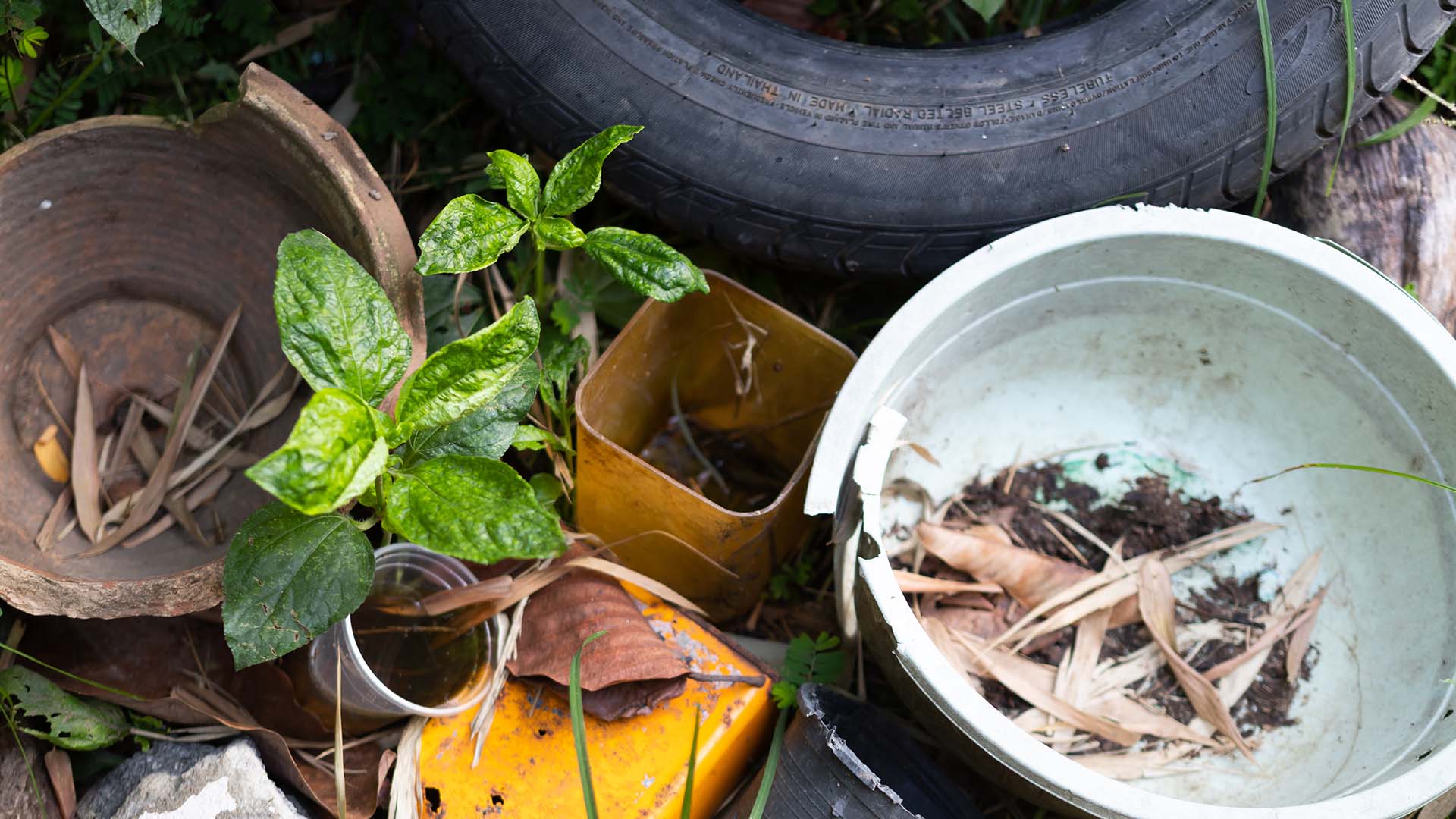
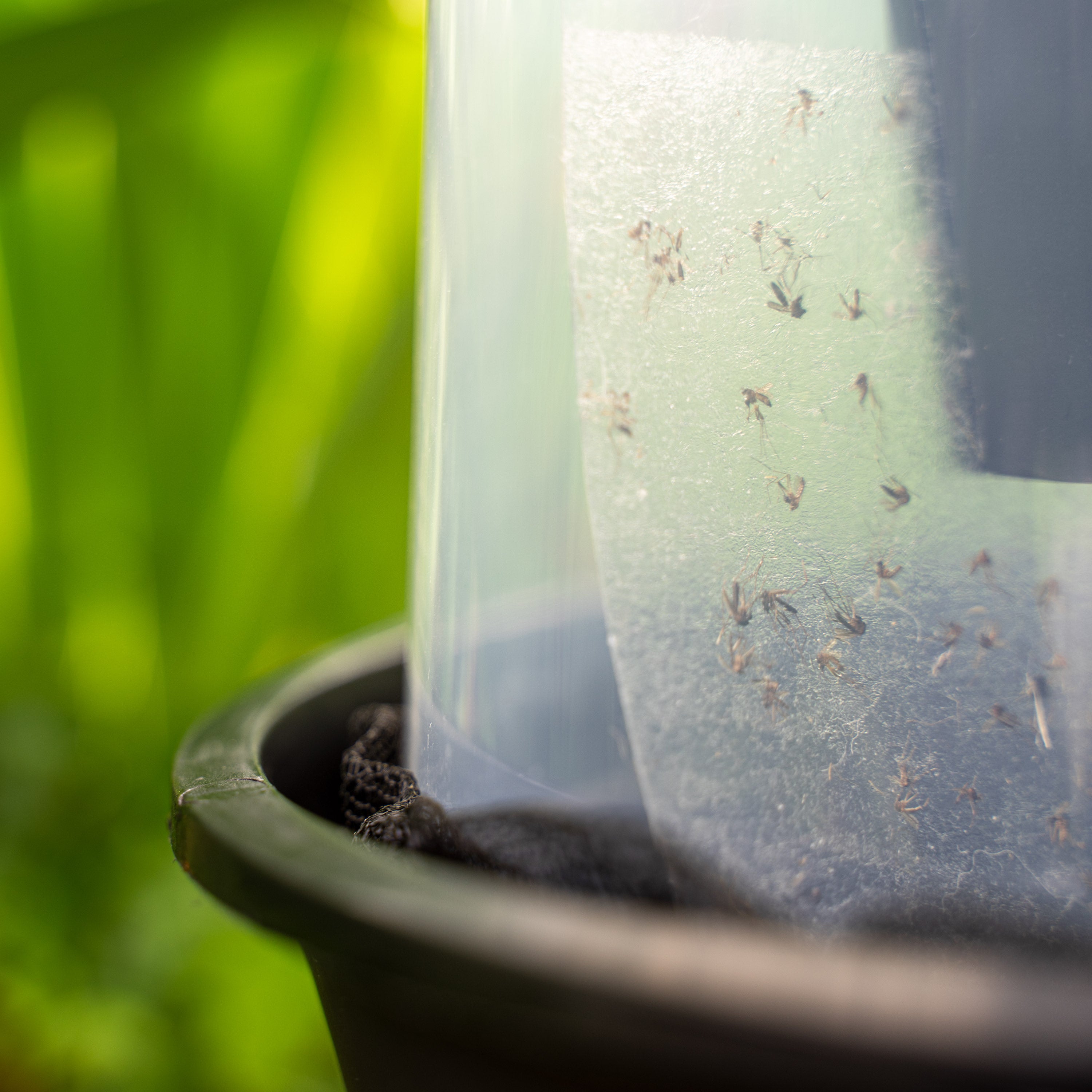
BG-GAT
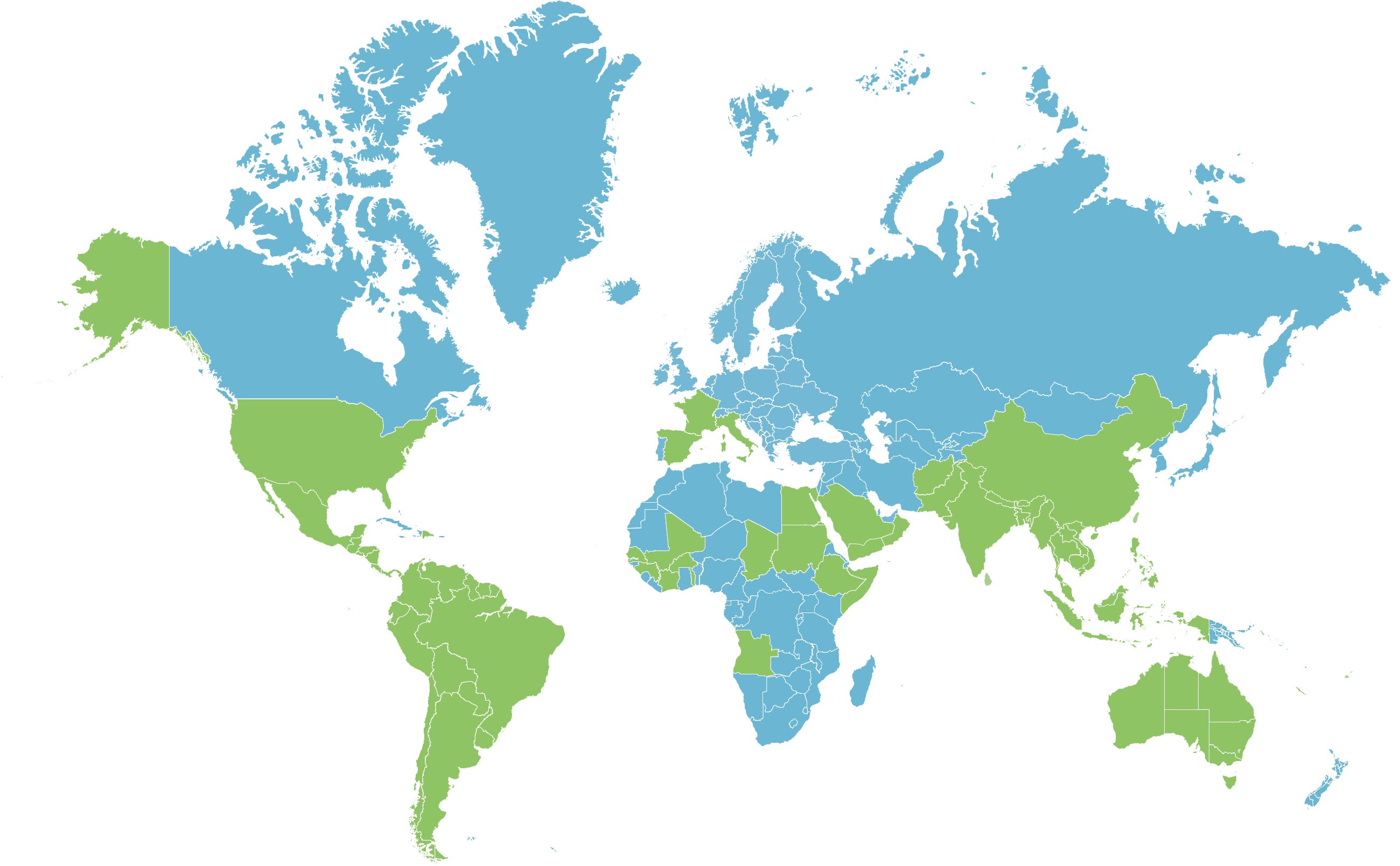
Now more than ever, mosquitoes pose a global threat to health, economies, and overall wellbeing.
- 50% of the World's population is now exposed to Dengue Fever.
- 80 countries were affected by Dengue Fever in August 2023.
- With 5.2 Million cases in 129 countries in 2019, it became the deadliest year in the last twenty years.
Source: le monde and WHO
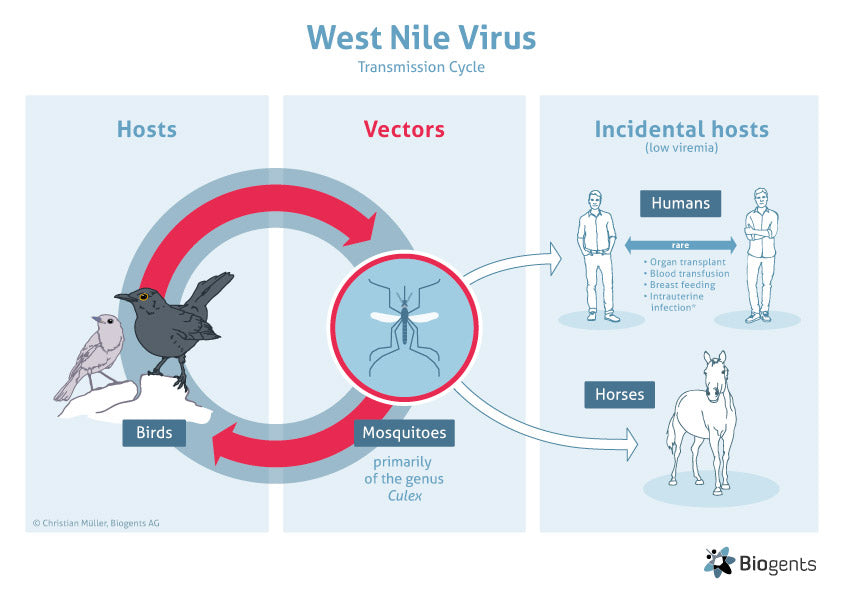
Mosquito-borne viruses are a recurring public health problem each summer in the United States.
In 2016, the following numbers of human cases were locally acquired in the U.S.: West Nile (2039), Zika (224), Lacrosse encephalitis (34), St. Louis encephalitis (9) and Eastern equine encephalitis (5). Cases are also diagnosed in travelers returning to the U.S. from countries where mosquito-borne diseases are prevalent. These imported cases account for most of the dengue, chikungunya, Zika and malaria cases reported in the U.S.
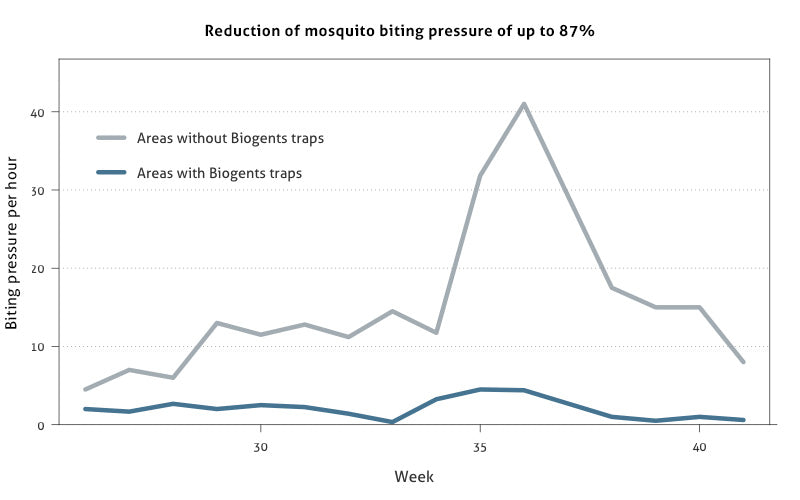
Biogents traps are scientifically tested and proven in the lab and field
In a study in Cesena, Italy, a measurable decrease in the frequency of landings in areas with Biogents traps was already evident after a few days. An 85% decrease in tiger mosquito landings, compared to control areas without traps was even achieved in the course of the season – without the use of insecticidal fogging or spraying.
Although it will never be possible to achieve 100 % protection against mosquito bites outdoors, such a decrease in biting rates makes a big difference.
Source: Englbrecht C., Gordon S., Venturelli C., Rose A., and Geier M. (2015). Evaluation of BG-Sentinel Trap as a Management Tool to Reduce Aedes albopictus Nuisance in an Urban Environment in Italy, Journal of the American Mosquito Control Association, 31(1):16-25.
What can you do about it?
Be a HERO. Catch the BUZZ.
Start with building your Biogents Mosquito Trap System. Learn how the traps work and optimal placement. You can make a difference for your home, and recruit your friends and neighbors to join the fight against these blood-sucking micro-predators!
BG-Mosquitaire Outdoor Mosquito Trap Bundle
BG-Mosquitaire CO2 Outdoor Mosquito Trap Bundle
BG-Mosquitaire Mosquito Trap Double Set
BG-Mosquitaire Outdoor Mosquito Trap Bundle Triple Set
BG-GAT Mosquito Traps Double Set

